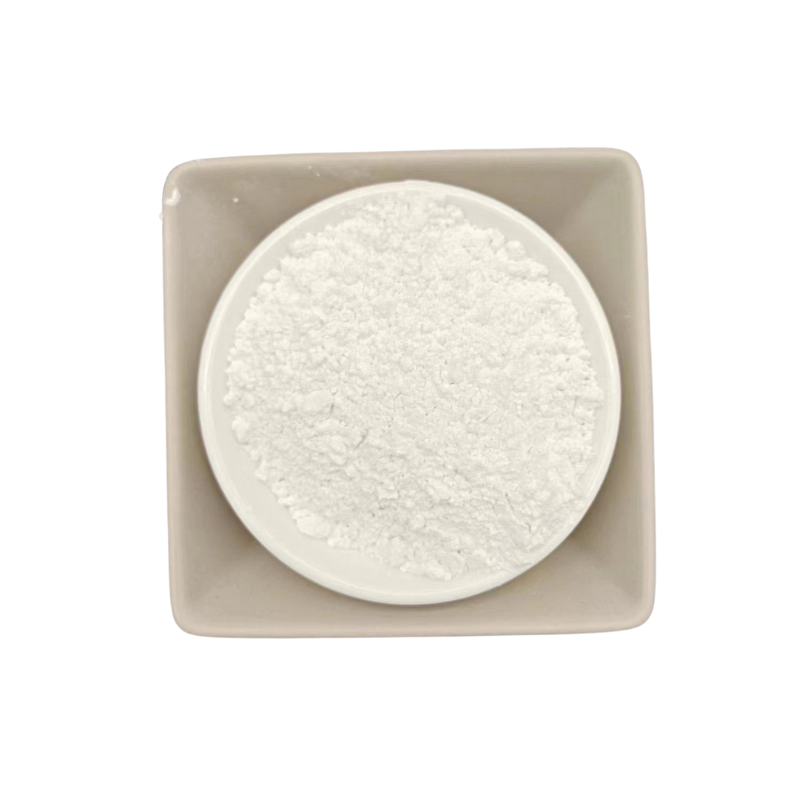
Exploring the Benefits of Incorporating Fly Ash in Modern Construction Techniques
Utilization of Fly Ash in Construction
Fly ash, a byproduct of coal combustion in power plants, has garnered significant attention in the construction industry due to its potential to enhance the performance and sustainability of construction materials. As demand for sustainable construction practices increases globally, the incorporation of fly ash into concrete and other building materials presents a viable solution to address environmental concerns while improving the quality of construction outputs.
One of the primary uses of fly ash in construction is as a partial replacement for cement in concrete mixtures. Traditional Portland cement is energy-intensive to produce and contributes significantly to carbon dioxide emissions. In contrast, using fly ash can reduce the amount of cement needed by 15% to 30%, thereby lowering the overall carbon footprint of the concrete. This not only promotes sustainability but also helps in reducing the consumption of natural resources used in cement production.
Utilization of Fly Ash in Construction
Environmental concerns also play a crucial role in the utilization of fly ash in construction. The disposal of fly ash poses challenges, as it can lead to environmental pollution if not managed properly. By reusing fly ash in construction, the industry not only reduces waste but also helps to minimize the need for landfills. Incorporating fly ash into construction materials supports the principles of a circular economy, where waste products are recycled and repurposed, thus reducing the overall environmental impact of construction activities.
use of fly ash in construction

In addition to concrete production, fly ash is also utilized in the manufacturing of lightweight aggregates, which are crucial in producing precast concrete products, such as blocks and panels. The use of lightweight aggregates leads to reduced dead loads on structures, thereby enhancing their seismic performance. Moreover, using fly ash aggregates can improve thermal insulation properties, contributing to energy-efficient building designs.
Despite its numerous advantages, the incorporation of fly ash in construction is not without challenges. Variability in the chemical composition of fly ash can lead to inconsistencies in performance. Factors such as the source of coal used, the combustion process, and handling practices all affect the quality of fly ash. Therefore, rigorous testing and quality control measures must be implemented to ensure that the fly ash used in construction meets necessary performance standards.
Another consideration is the regulatory framework governing the use of fly ash. In some regions, stringent regulations may limit its application, primarily due to concerns about potential contaminants. However, advancements in processing technologies and a better understanding of fly ash characteristics have led to improved safety standards and increased acceptance within the construction industry.
Looking forward, the potential for fly ash in construction remains promising. Ongoing research is focused on expanding its applications, including its use in geopolymer concrete, a sustainable alternative that eliminates traditional Portland cement entirely. Additionally, innovations in fly ash processing can enhance its properties, making it suitable for a broader range of construction applications.
In conclusion, the use of fly ash in construction stands as a testament to the industry’s commitment to sustainability and environmental stewardship. By promoting the recycling of industrial byproducts, benefiting from enhanced material properties, and mitigating environmental impacts, the construction sector can play a pivotal role in fostering a more sustainable future. As the industry continues to explore the myriad benefits of fly ash, it is clear that this material will be an integral component of modern construction practices.
Share
-
Premium Resin Coated Sand - High Heat Resistance CastingNewsJul.31,2025
-
High Quality Silicon Carbide Grit for Abrasive ApplicationsNewsJul.30,2025
-
High-Quality Ceramsite for Plants & Gardening | Lightweight PebblesNewsJul.29,2025
-
Premium Burgundy Glass Marbles for Vases & Shooter GamesNewsJul.29,2025
-
High Purity Quartz Sand for Industrial and Ground ApplicationsNewsJul.29,2025
-
High-Quality Barite Powder for Drilling & Industrial UseNewsJul.29,2025






